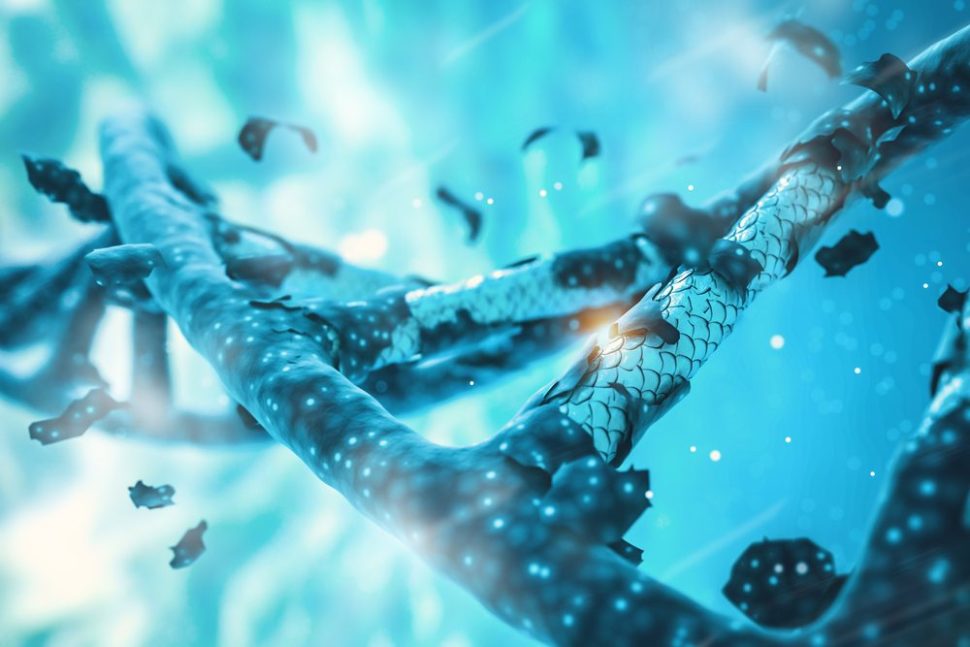For the first time in the study of Alzheimer’s treatment, researchers have successfully neutralized the disease-causing apoE4 gene in human brain cells.
A team of scientists from the Gladstone Institutes in California identified a potential solution to the dreaded Alzheimer’s disease. They claim to have done so by neutralizing the most significant gene responsible for the disease itself: the apoE4 Gene.
Apparently, having a copy of apoE4 doubles a person’s chance of developing Alzheimer’s disease. What’s even worst is that the likelihood of developing the disease increases by around twelve-fold if there are two copies of the gene.
ApoE4 is the gene that creates a protein of the same name. The apoE4 protein is slightly different from the common apoE3 protein. However, that slight change is enough to give anyone the opportunity to modify its structure and functions.
Read More: Study Finds Alzheimer’s Symptoms Made Worse by Canola Oil Consumption
For their experiment, instead of using mouse models, the Gladstone researchers used actual human cells.
“Many drugs work beautifully in a mouse model, but so far they’ve all failed in clinical trials. One concern within the field has been how poorly these mouse models really mimic human disease,” Dr. Yadong Huang, lead researcher and a professor of neurology and pathology at the University of California, explained.
They took skin cells from Alzheimer’s patients with two copies of apoE4 genes and from people who have two of apoE3 but without Alzheimer’s. The samples were then transformed into induced pluripotent stem cells, and then to human neurons.
The researchers then investigated what causes the Alzheimer’s disease. Is it the loss of apoE3 or the accumulation of apoE4?
Read More: Bill Gates Investing $100 Million to Help Find Cure for Alzheimer’s
The research team compared neurons that don’t produce either apoE3 or apoE4 proteins with the cells that had apoE4 added to them. It was observed that the former remains normal while the cells with apoE4 eventually lead to Alzheimer’s-like pathologies.
During the final stage of the experiment, Dr. Huang and his team tried to fix the faulty gene. They did so by applying a previously developed apoE4 structure corrector. The structure-correcting molecules reportedly restored the function of the neurons, reversing the signs of Alzheimer’s.
With the success of their experiment, the researchers have now turned to the pharmaceutical industry to help them improve their research for future human trials. The team’s study has been published in the journal Nature Medicine.



















Comments (0)
Most Recent